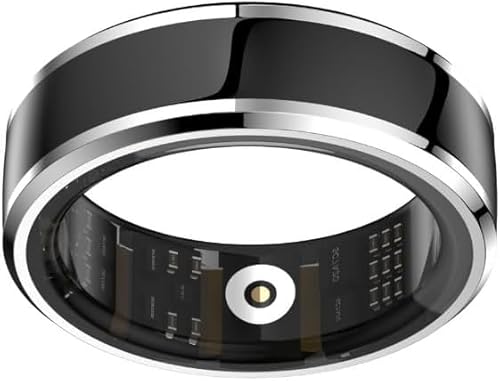Well...okay...the two statements do seem to be very contradictory, but I don't think the author intends them to be!

After reading them way too many times and going back to the reference from which the first statement is drawn (
http://heart.bmjjournals.com/cgi/content/full/83/1/81 ), the first statement, " Given that serious complications will develop in 33% of patients with BAV, the bicuspid valve may be responsible for more deaths and morbidity than the combined effects of all the other congenital heart defects", still says 33% of BAV's will have serious complications. The study this statement references defines those complications as: stenosis, regurgitation, infective endocarditis, and aortic dissection. It also states, "Because of case selection, some of the figures quoted will have overestimated the incidence of complications but they are the only relevant published data. They indicate that, at a conservative estimate, one third and possibly the majority of patients with bicuspid aortic valve will develop serious complications."
The second statement, "Although patients with BAV may go undetected or without clinical consequences for a lifetime, the vast majority will require some intervention, most often surgery.", is sketchier. I think the author's true meaning would be better served with the insertion of two words and a pluralized acronym--"of known BAV's". So it would read, "Although patients with BAV may go undetected or without clinical consequences for a lifetime, the vast majority of known BAV's will require some intervention, most often surgery." I think this is the intent because he qualifies the statement first by saying BAV's may go undetected. He does leave a lot open to interpretation.

To Mr. P's point, I don't think anyone actually "knows what percentage of diagnosed BAV actually end up in surgery". But is anyone keeping track? Hmmm...BC/BS, Prudential, Aetna, Hartford, etc.... And certainly complications are individually, if not collectively, being studied, even if they are not being tallied by an omniscient "someone".
As Bob and Magic have said, monitoring things is the key to appropriate treatment should complications arise. Discussions like this keep us all inquisitive, if not 100% accurately informed, and that's got to be good too.






















